- Messages
- 3,435
- Name
- Gil
- Edit My Images
- Yes
I've seen some examples where the sun doesn't quite have the sting in terms of the highlights being blown out. How is that achieved? P.S. is this good for the sensor? I know it's not good for your eyes if you have a DSLR however I have a mirrorlessNo, you need the sky in front of the sun to be free of clouds.
 Weston mono 1 by Toni Ertl, on Flickr
Weston mono 1 by Toni Ertl, on Flickr Morjim Goa sunset 1 by Toni Ertl, on Flickr
Morjim Goa sunset 1 by Toni Ertl, on Flickr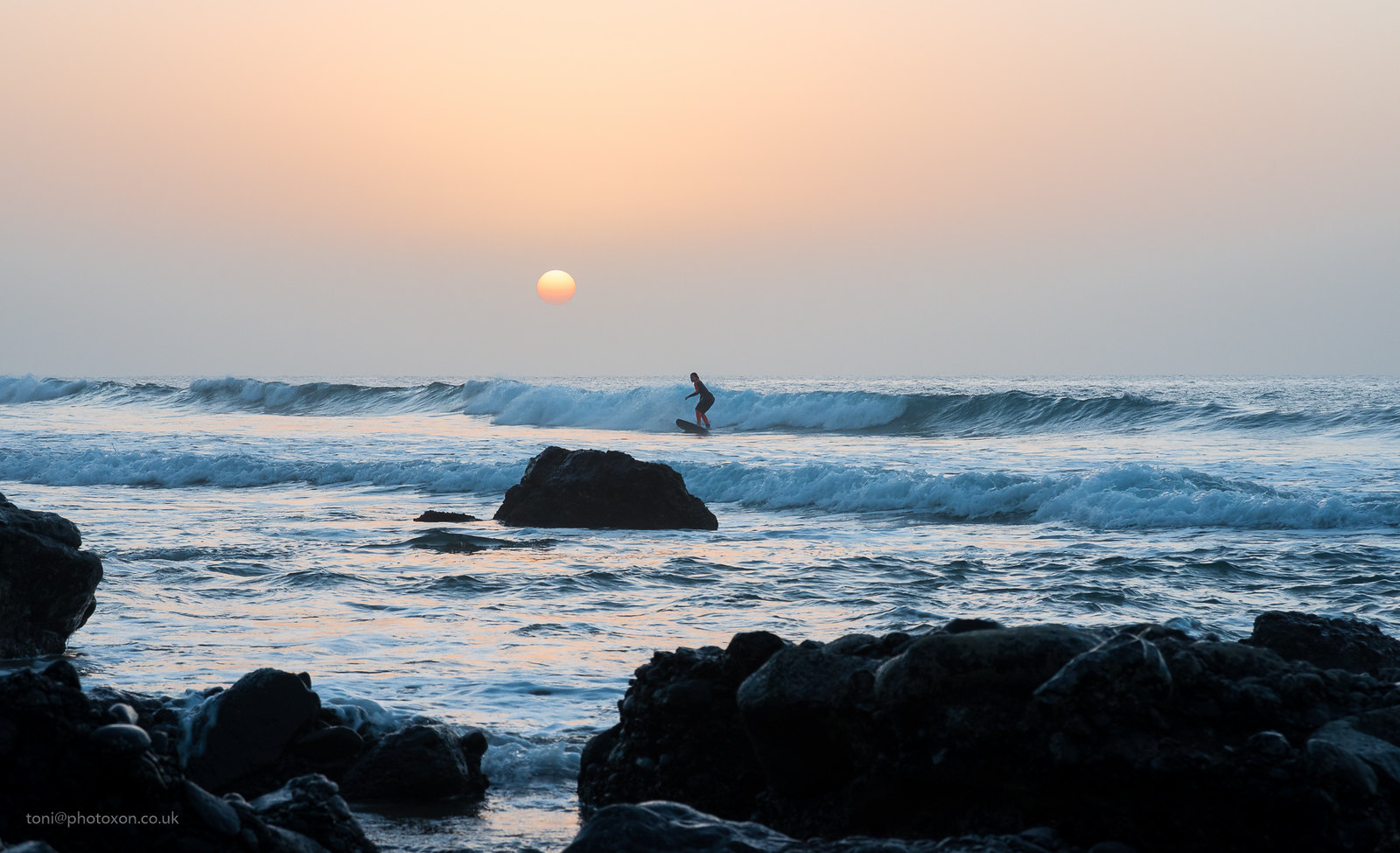 Sundown La Pared by Toni Ertl, on Flickr
Sundown La Pared by Toni Ertl, on Flickr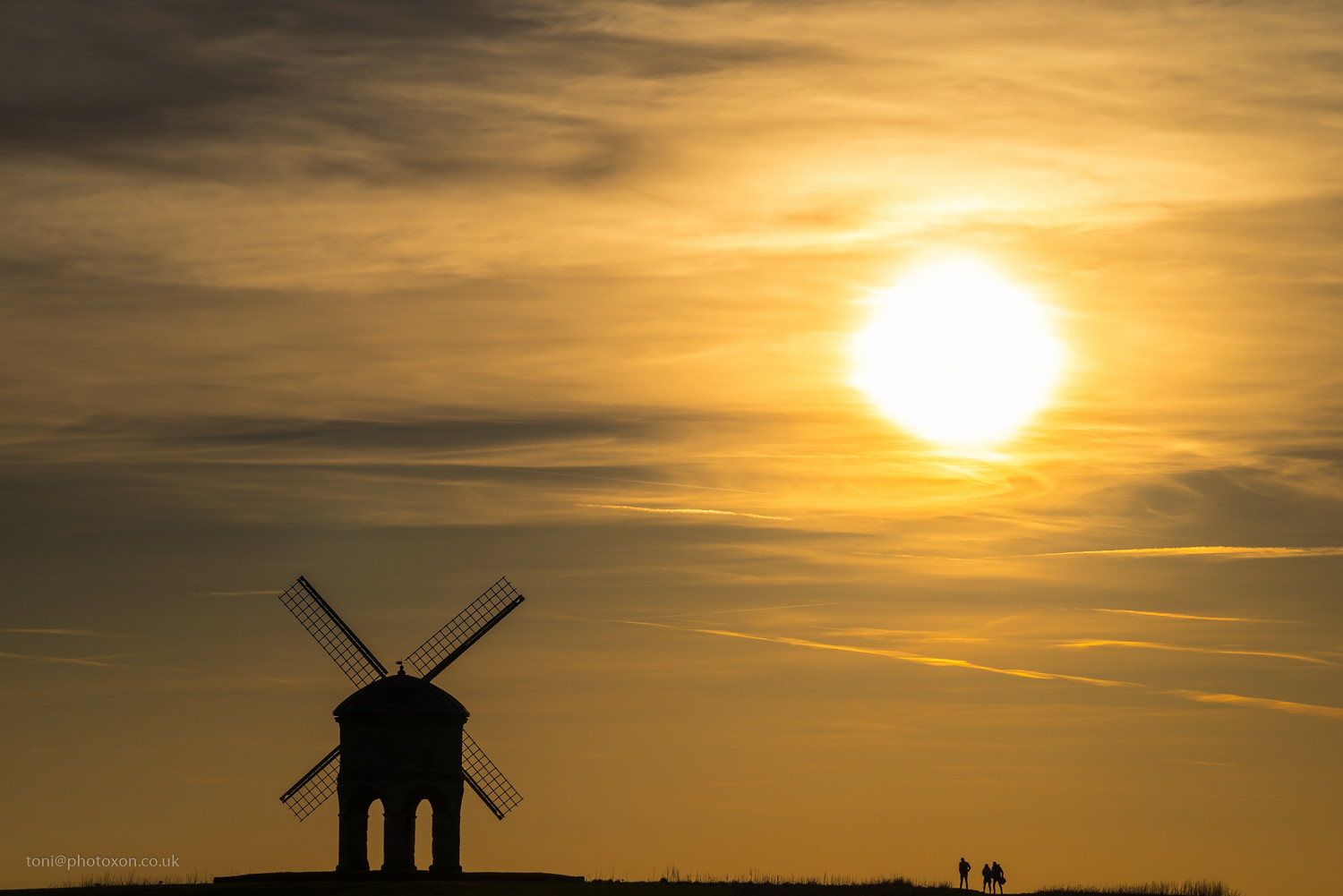 Chesterton mill-8817 by Toni Ertl, on Flickr
Chesterton mill-8817 by Toni Ertl, on FlickrI find dumb luck works for me.
I checked the exif for the second shot and the exposure bias is -5EV. I must have been practicing.But the more you practice, the luckier you get?
Well said Mr Player ....But the more you practice, the luckier you get?
Well said Mr Player ....
It was golfer Gary Player who said after someone told him he was lucky today .... "Yes .. The more I practice the Luckier I get" ...
Out of curiosity do you use a narrow aperture to get the birds nicely sharp? I find my AF struggles with the amount of negative exposure compensation I have to use. Maybe more so with mirrorless?As others have said I find a clear or slightly hazy sky with the sun quite low and under exposure works best for me.
I'm often a stop or two under but as it gets closer to the horizon I find I need less under exposure.
View attachment 364008
Stunning, I'd be interested to see what your photo looked like straight out of the camera, and how much if any shadow recovery you had to do
That's what I'm after!! You must have really underexposed. Did you manually focus in this, or if AF what did you focus
Stunning photos, my favourite has to be your second one with how well the flaring is controlled, and the detail you've got in the foregroundA couple of examples.
You need decent lenses to shoot directly into the sun, especially when it's high in the sky. This shot was taken with an older 28-200 superzoom. The lens design simply can't cope with such an intense point-source, and has flared heavily as a result.
Weston mono 1 by Toni Ertl, on Flickr
Here's a more conventional type sunset shot - clear skies and a dark forground:
Morjim Goa sunset 1 by Toni Ertl, on Flickr
Finally, here's what you probably wanted - a large, low sun, weakened by having to shine through a low haze so that it's barely brighter than the foreground.
Sundown La Pared by Toni Ertl, on Flickr
But a little breakup of the ball isn't a bad thing. This was shot using an old manual-focus Nikon 135 f2.8, and has flared within the sun area, losing definition that a modern lens would retain.
Chesterton mill-8817 by Toni Ertl, on Flickr
Stunning photos, my favourite has to be your second one with how well the flaring is controlled, and the detail you've got in the foreground
I cant remember off hand the setting, but I'm usually around the F8 mark. I just got lucky with the gulls, someone was feeding them a bit further up.Out of curiosity do you use a narrow aperture to get the birds nicely sharp? I find my AF struggles with the amount of negative exposure compensation I have to use. Maybe more so with mirrorless?
I've seen some examples where the sun doesn't quite have the sting in terms of the highlights being blown out. How is that achieved? P.S. is this good for the sensor? I know it's not good for your eyes if you have a DSLR however I have a mirrorless
For this type of shot I would have set A priority and selected f16 for the greatest DOF. Then spot metered on the sky above the sun as that is what I wanted to capture and locked that in. I would then used Auto focus on one of the boats in the foreground, half pressed the shutter and recomposed.That's what I'm after!! You must have really underexposed. Did you manually focus in this, or if AF what did you focus
For this type of shot I would have set A priority and selected f16 for the greatest DOF. Then spot metered on the sky above the sun as that is what I wanted to capture and locked that in. I would then used Auto focus on one of the boats in the foreground, half pressed the shutter and recomposed.
The result was underexposed in the foreground but then brought back in PP.
Atmospheric conditions is what causes that pollution/dust in the air
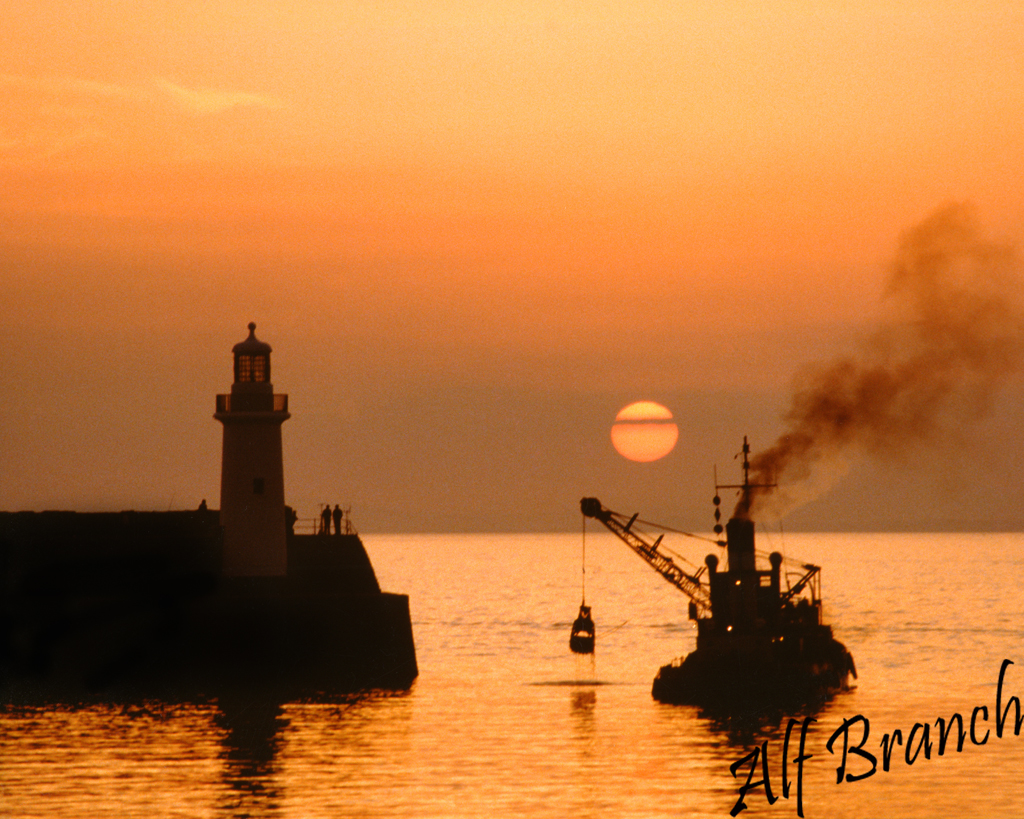 Clearway by Alf Branch, on Flickr
Clearway by Alf Branch, on FlickrA lot of people shooting digital will not use smaller apertures such as f16. They normally talk about problems with diffraction but, in my experience, what you gain in extra DOF compensates for the loss in overall sharpness due to diffractionI must be going wrong I never use f16 at least not since my film days.
Oh wait realise why now it us a matter of sensor size and lens combo. Not an absolute setting. I also use MF and an understanding of DOF to get what I want.
A lot of people shooting digital will not use smaller apertures such as f16. They normally talk about problems with diffraction but, in my experience, what you gain in extra DOF compensates for the loss in overall sharpness due to diffraction
So sorryYou plainly fail to take into account not everyone uses the same equipment and as such this poor advice for others.
You shoot how you wish.
I never need to use f16 for DOF.
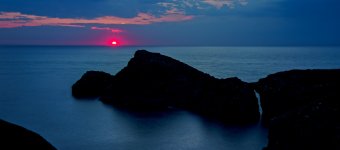
 _IMG1848 by Stephen Taylor, on Flickr
_IMG1848 by Stephen Taylor, on Flickr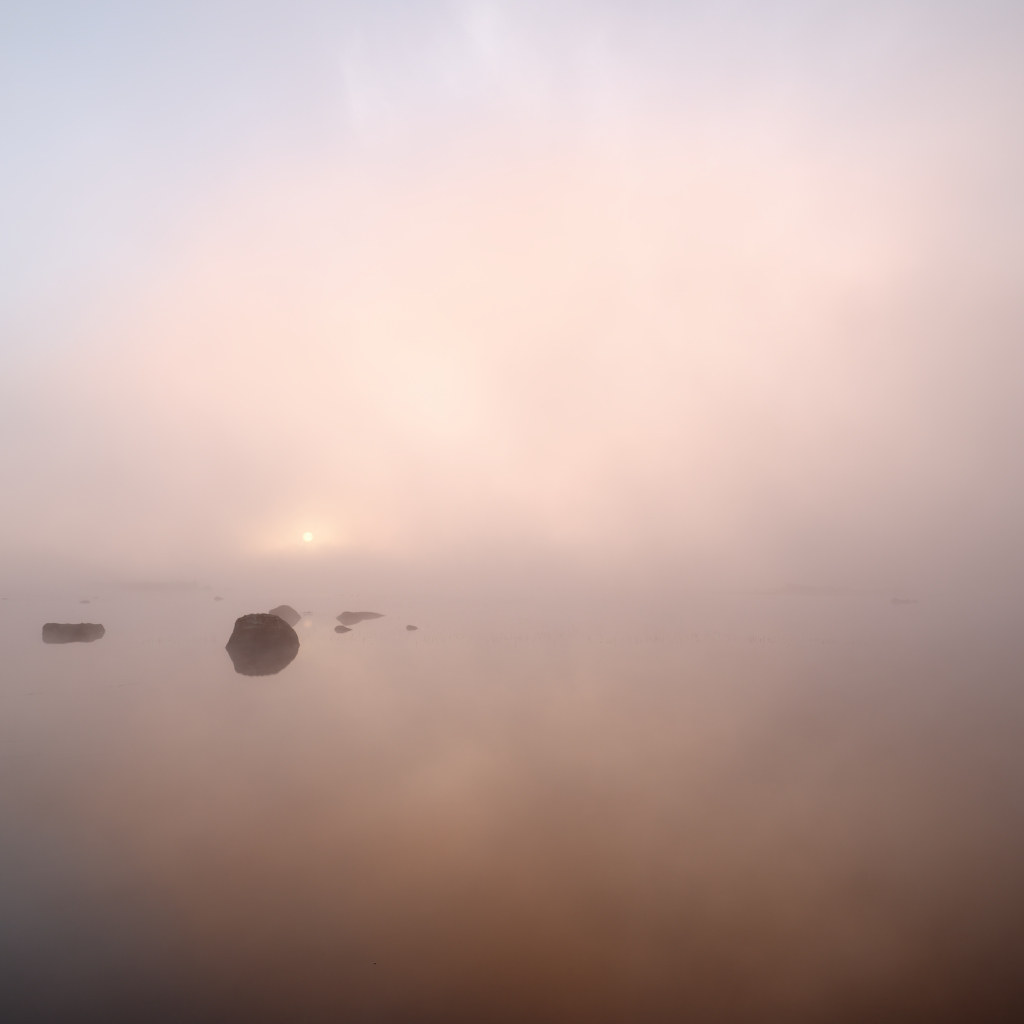 _IMG1846 by Stephen Taylor, on Flickr
_IMG1846 by Stephen Taylor, on Flickr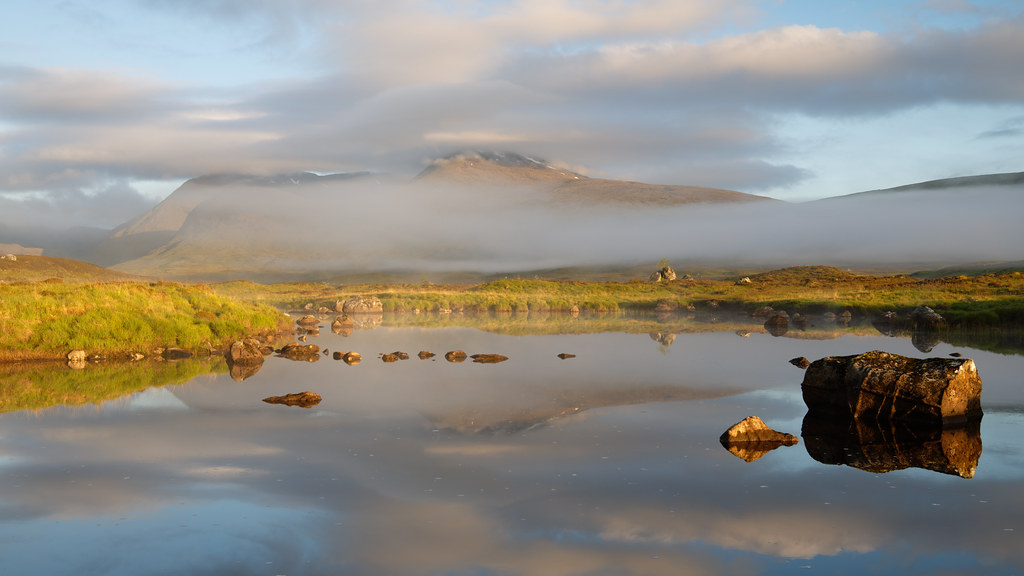 _DSC1233_DxO by Stephen Taylor, on Flickr
_DSC1233_DxO by Stephen Taylor, on Flickr